 If you’re experiencing a pest problem, you may consider bait trapping as a quick, convenient, and simple solution to rid your property of wild animals, but you should never take shortcuts when it comes to animal control. Even if you manage to safely capture and release your property’s pest with bait trapping, you won’t be prepared to keep them from returning.
If you’re experiencing a pest problem, you may consider bait trapping as a quick, convenient, and simple solution to rid your property of wild animals, but you should never take shortcuts when it comes to animal control. Even if you manage to safely capture and release your property’s pest with bait trapping, you won’t be prepared to keep them from returning.
Although wild animals can be a nuisance to both homes and businesses in the surrounding Dallas/Fort Worth area, thorough removal and proactive prevention are the only ways to ensure that your property becomes and stays free from pests.
What Is Bait Trapping?
To successfully trap a pest, you must strategically place one or more cages in locations you’ve previously spotted the animal or think it may be living. Keep in mind the size of the critter when selecting a cage, because insufficient room could be harmful to the trapped animal.
Baiting each cage attracts animals to the trap; however, the type of bait to use depends on the type of critter you are dealing with. Listed below are a few examples of common household pests and the right lures to attract them.
-
Raccoons
peanut butter (chunky or smooth), dry pet food, and marshmallows
-
Rats/Mice
peanut butter, cheese, marshmallows, sausage, and pet food
-
Opossums
fish, apples, and canned pet food
-
Armadillos
insects and grubs (earthworms, meal worms, and maggots)
-
Squirrels
cereal, grains, peanuts, sunflower seeds, and oranges
Is Bait Trapping Effective?
Bait trapping can be an effective way to lure and catch wild animals, but it’s only a short-term solution to your pest problem. Wild animals often revisit the places that provide food, water, and shelter. So, although bait trapping may temporarily rid your home of pests, it won’t protect your property if they return.
When considering bait trapping, it’s important to understand the dangers of handling your own pest problem. Bait trapping isn’t completely safe unless handled by a professional, because, when you trap a wild animal inside a cage, it can become afraid and likely to defend itself. This puts both you and the animal at risk of injury.
Call the Experts
Although there is a variety of store-bought traps and baits that may seem like a convenient option, expert pest control is the safest long-term solution. At Critter Control® of Dallas, our number one priority is the security and comfortability of local property owners, which is why our experts study the safest and most effective methods of removal.
Once we’ve cleared your home of pests, we can seal the points of entry they came through and guard your home with preventative tools to deter them from visiting again. If you have any questions about removing wildlife or would like to schedule your free consultation, please call our Critter Control® of Dallas professionals at 817-222-1101 today.




 Gnaw marks against a wall, little droppings left around your home, and the sound of tiny feet scurrying across the floor are just a few tell-tale signs that you have a
Gnaw marks against a wall, little droppings left around your home, and the sound of tiny feet scurrying across the floor are just a few tell-tale signs that you have a 
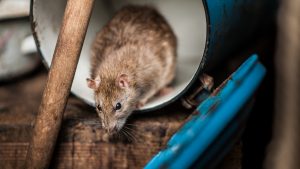 Whether you find yourself screaming at the sight of a
Whether you find yourself screaming at the sight of a  When a wild animal invades your home, the sound and damage it makes can be a frustrating nuisance. However, if that critter were to perish within the walls, attic, or structures of your residence, the smell that remains can be nauseating because a wild animal carcass can take weeks to fully decompose. Unfortunately, the smell of a decomposing animal is so overwhelming that it can be difficult to locate its source. Here are some tips on how to locate and rid your home of the dead animal smell as quickly and efficiently as possible.
When a wild animal invades your home, the sound and damage it makes can be a frustrating nuisance. However, if that critter were to perish within the walls, attic, or structures of your residence, the smell that remains can be nauseating because a wild animal carcass can take weeks to fully decompose. Unfortunately, the smell of a decomposing animal is so overwhelming that it can be difficult to locate its source. Here are some tips on how to locate and rid your home of the dead animal smell as quickly and efficiently as possible.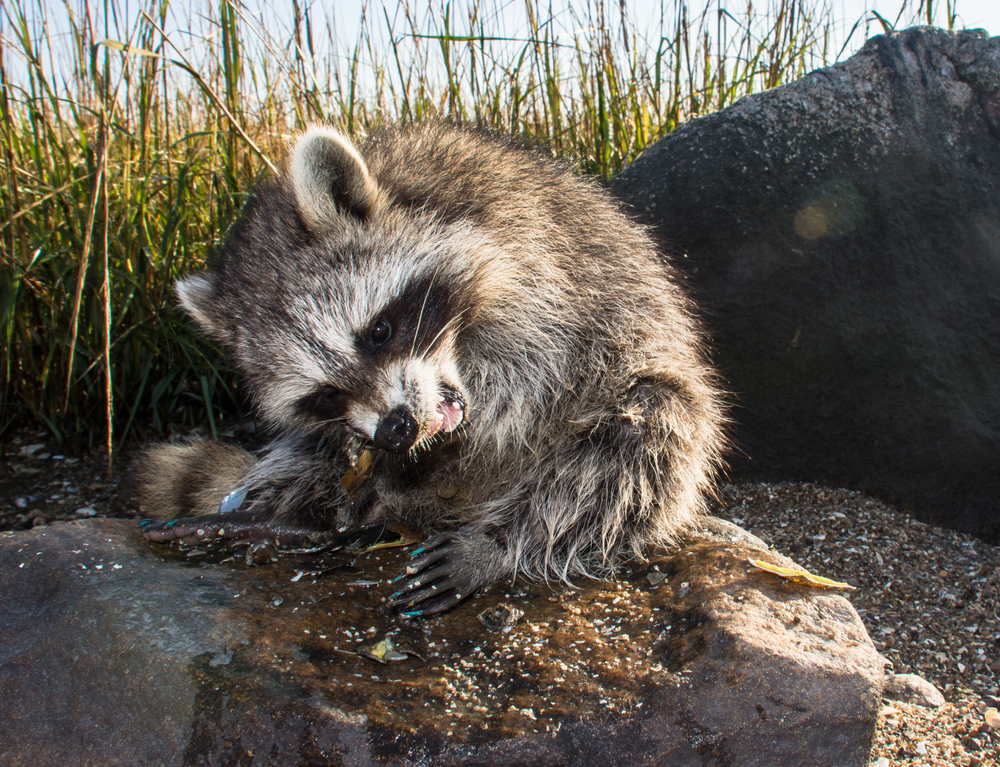
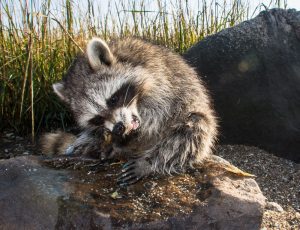
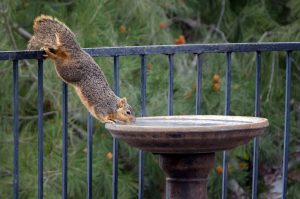 Why is wildlife (
Why is wildlife ( You won’t find
You won’t find  We all appreciate the tranquility of wildlife – until some critter threatens our gardens. It’s difficult to sustain that peaceful feeling when the adorable bunny or graceful doe chomps down on your newly planted veggies. So how do you keep these unwelcome guests out of the garden in a natural, humane, and eco-safe way?
We all appreciate the tranquility of wildlife – until some critter threatens our gardens. It’s difficult to sustain that peaceful feeling when the adorable bunny or graceful doe chomps down on your newly planted veggies. So how do you keep these unwelcome guests out of the garden in a natural, humane, and eco-safe way?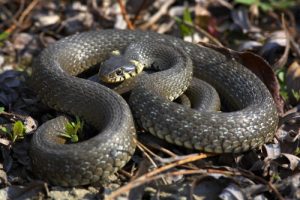 Although common garden
Although common garden 